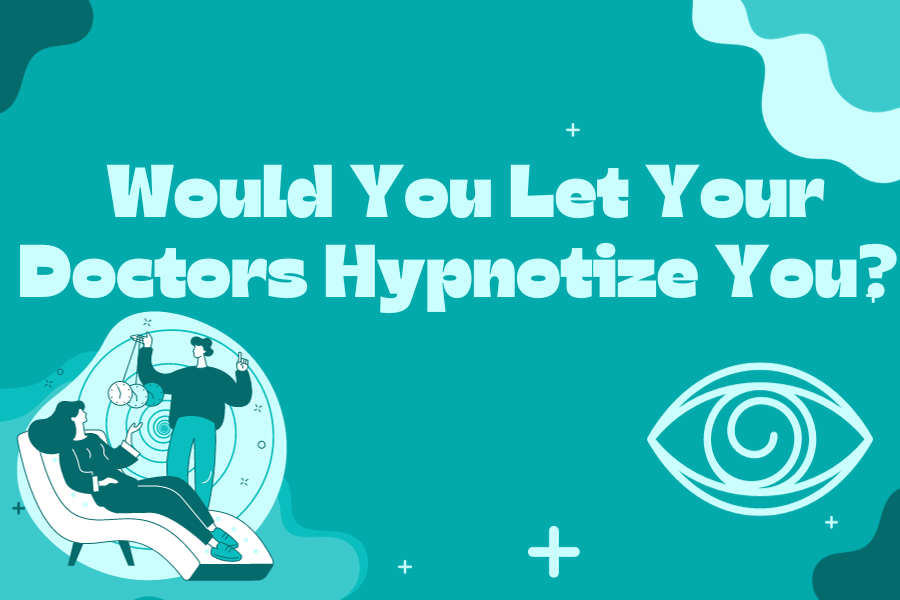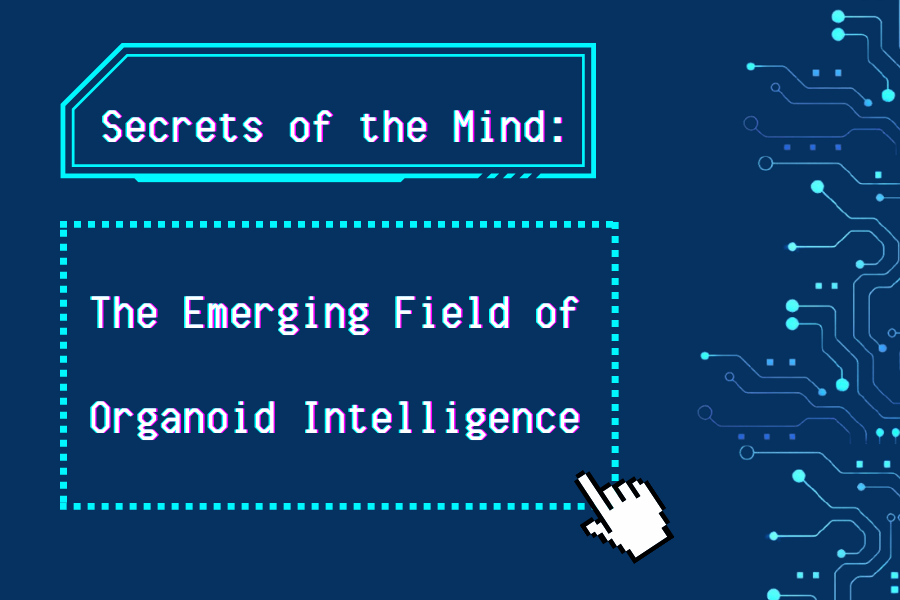You’ve probably heard of hypnosis and how it can make people do crazy things – like feel as if they’re stuck to a chair or think an onion is an apple- but how does hypnosis really work and what is used for? Hypnosis is when a person’s attention is completely detached from his or her immediate environment and when that person is focused on inner experiences like feelings and thoughts. In fact, they’re so focused on their thoughts that what they’re imagining feels real. This doesn’t mean that it magically makes the impossible possible but instead makes the person believe that it has happened.
You’ve probably seen videos of hypnotists waving some sort of clock in front of a person’s face, which then causes a sudden deep sleep, but what really happens to build up to hypnosis? In order to understand how it works, we must know how the two sides of our brain work. The left side of the brain is what is called the “conscious mind.” It controls reasoning and analytical thinking and tends to be more dominant when people are awake. On the other hand, the right side is only dominant when you’re relaxed or deeply involved in something, which is why it is called the “unconscious mind.” It controls imagination and is responsible for creative thinking.
The first step of hypnosis is hypnotic induction, or the focus of a subject’s attention. Methods of hypnotic induction can be visual, like holding an object in front of someone; auditory, like listening to music; or memory-induced, like recalling a dream. Some people can even hypnotize themselves! When a person is in this deep, focused state, their right brain becomes more dominant, making them more susceptible to outside influences like suggestions. Suggestions are either verbal or directed using imagery and are used to lead the hypnotized toward their desired goal.
When someone imagines something in hypnosis, the parts of the brain that activate are similar to those activated when a person actually experiences that in reality. For example, when someone either physically or hypnotically experiences pain, the “pain matrix” of the brain is activated because, during hypnosis, the left brain isn’t dominant enough to reason that one isn’t actually experiencing this pain. Another aspect of hypnosis is that it doesn’t activate the parts of the brain that help people switch between tasks, self-reflect, and monitor functions like heart rate, blood flow, and breathing. This leads to slower functions and a deep relaxation called hypnosedation. During this experience, the subject feels very dissociated from the real world and immersed in their mind, and even after leaving this state these effects still linger.
But what is hypnosis used for beyond entertainment? Well, for medical purposes. Hypnotherapy, a medical form of hypnosis, can be used to lower anxiety and pain. For example, if a patient is feeling anxious a hypnotherapist can hypnotize and direct them towards feelings of calm, resulting in decreased anxiety. Not only is hypnotherapy almost immediately effective, but it also lowers medical costs for those who underwent operations. Because it lowers a patient’s perceived pain, they don’t need to use as much pain medicine post-operation, therefore lowering the overall cost. The option of using hypnosis during surgery is known as hypnosedation. It combines the use of anesthesia and hypnosis on a patient before an operation, so that the patient is awake in a state of deep relaxation during surgery. Studies have shown that this has actually lowered the patients’ need for pain medication during surgery since hypnosedation has seen many people report fewer pain symptoms.
Despite all of these benefits, there are a few negatives. For one, there have been some cases where hypnosis has led people to create false memories. It also may lead to other side effects including dizziness, nausea, headaches, and drowsiness. As a result, the World Health Organization thinks that it is untrustworthy and possibly unsafe since it deems it as a “complementary therapy.” While scientists could try to redeem the name of hypnosis, it is difficult to get funding for the use of hypnosis in the medical field, and is almost impossible to design experiments proving hypnosis works. The reason for this is because, during an experiment, one side will always know that they’re being hypnotized. This information could then influence the behavior of the participants and therefore lead to inaccurate results. Without solid evidence, hypnosis is starting to develop a bad name. Nevertheless, scientists are still working to gather more information on the usefulness of hypnosis.
So tell me, would you let your doctor hypnotize you?
Sources




